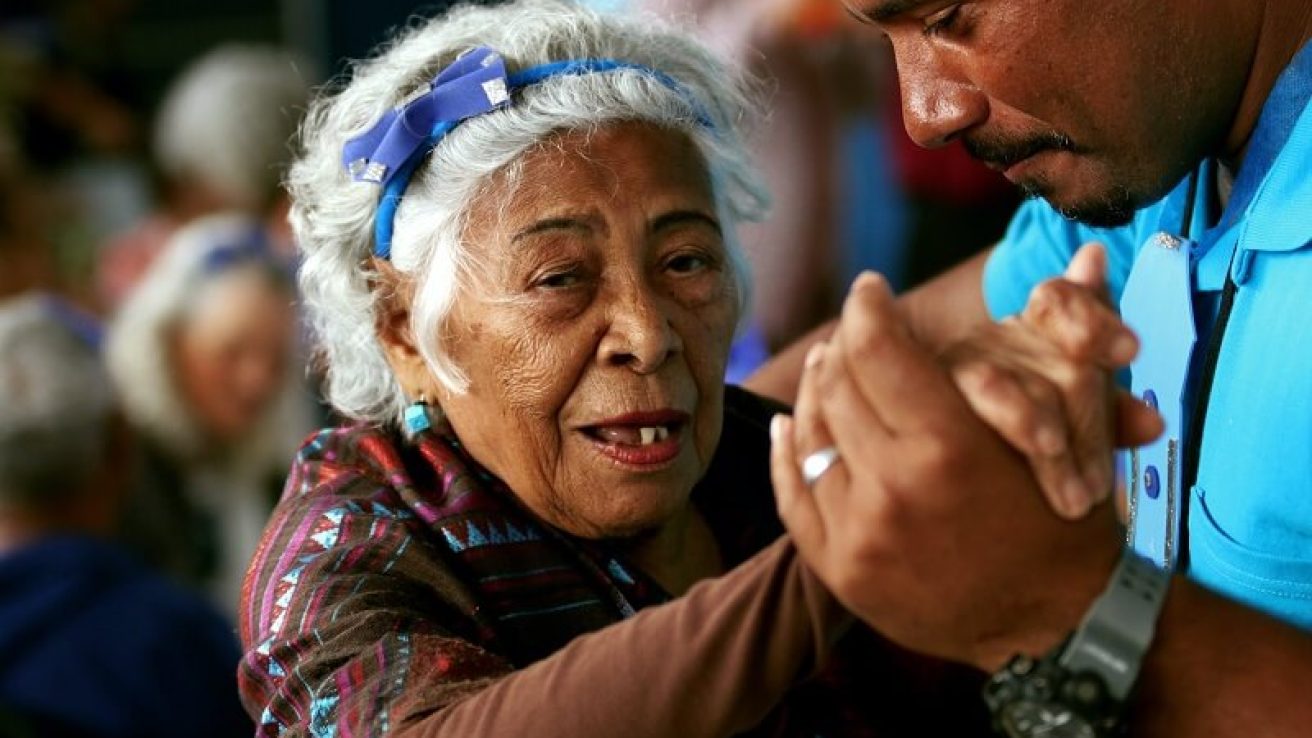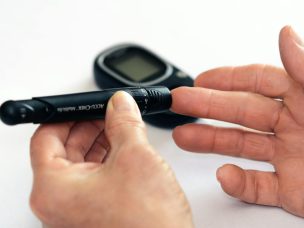Worldwide trends show an increase in the prevalence of type 2 diabetes among younger patients. Researchers and healthcare professionals understand the vascular complications experienced by patients with type 2 diabetes, but their association with dementia is less understood. A prospective cohort study determined the correlation between early-onset diabetes and subsequent dementia.
A group of UK researchers studied a population group selected between 1985 and 1988. Participants received medical exams multiple times during the study, from 1991-1993, 1997-1999, 2002-2004, 2007-2009, 2012-2013, and 2015-2016, with a final follow-up in March 2019.
A total of 10,095 participants between the ages of 35 and 55 in 1985-1988 participated in the study. Men comprised the majority of the participants, at 67.3%. Researchers noted 1,710 diabetes cases and 639 dementia cases throughout the 31.7-year study. In 70-year-old patients without diabetes, the dementia rate was 8.9 for every 1,000 person-years.
Patients diagnosed up to 5 years earlier had a dementia rate of 10.0. A rate of 13 existed in patients diagnosed up to 10 years earlier. The highest rate of dementia occurred in patients diagnosed at 60 or earlier at a rate of 18.3. Adjustment for sociodemographic factors, health behaviors, and health-related measures show a significant association between earlier onset of type 2 diabetes and the development of dementia.
This study suggests that a patient who develops type 2 diabetes younger has a higher risk of developing dementia by age 70. Proper education about type 2 diabetes prevention and treatment during the early years of the disease may help lower this risk [1].
Source:
[1] Barbiellini Amidei, C., Fayosse, A., Dumurgier, J., Machado-Fragua, M. D., Tabak, A. G., van Sloten, T., Kivimäki, M., Dugravot, A., Sabia, S., & Singh-Manoux, A. (2021). Association Between Age at Diabetes Onset and Subsequent Risk of Dementia. JAMA, 325(16), 1640. https://doi.org/10.1001/jama.2021.4001










